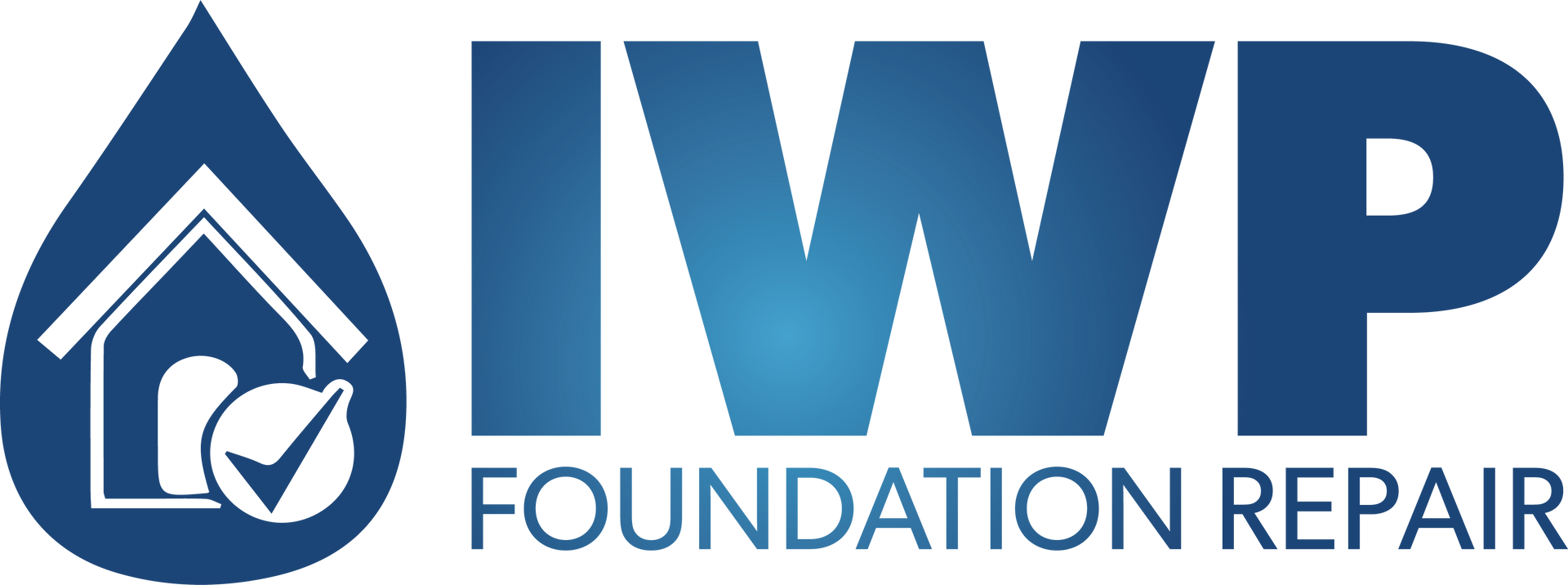Understanding Different Types of Foundation Cracks: Indicators of Foundation Health
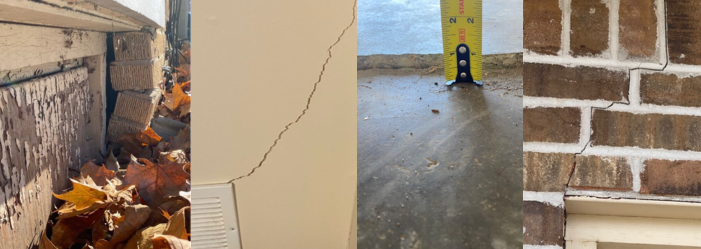
Foundation cracks are a common concern for homeowners and can vary significantly in their implications. Understanding the different types of foundation cracks and what they might indicate about the health of your foundation is crucial for timely and effective intervention. This article will explain the various types of cracks, including horizontal, vertical, and stair-step cracks, and provide insights into what they might reveal about the structural integrity of your home.
1. Vertical Cracks
- Vertical cracks run up and down the foundation wall and are often found in poured concrete foundations.
- They are typically straight or slightly diagonal and can range in width from hairline to more significant gaps.
Causes:
- Settlement: Vertical cracks are caused by the natural settling of the house. As the soil beneath the foundation compacts over time, it can cause minor shifts and settlements, leading to vertical cracking.
- Thermal Expansion: Changes in temperature can cause the concrete to expand and contract, resulting in vertical cracks.
- Shrinkage: As concrete cures, it can shrink slightly, leading to hairline vertical cracks.
Implications:
- Minor Cracks: Hairline cracks are generally not a cause for concern and are considered a normal part of the curing process of concrete.
- Wider Cracks: Wider vertical cracks may indicate more significant settlement issues and should be inspected by a professional to assess the need for repairs.
2. Horizontal Cracks
- Horizontal cracks run parallel to the ground and are more commonly found in block foundations but can also occur in poured concrete walls.
- These cracks can be straight or slightly wavy.
Causes:
- Lateral Pressure: Horizontal cracks often result from excessive lateral pressure exerted by the surrounding soil. This pressure can come from saturated soil, frost heave, or poorly designed backfilling.
- Hydrostatic Pressure: Water accumulation around the foundation increases hydrostatic pressure against the walls, leading to horizontal cracking.
- Poor Construction: Inadequate construction practices or the use of substandard materials can make foundation walls more susceptible to horizontal cracking.
Implications:
- Moderate to Serious Concern: Stair-step cracks can vary in severity. Minor stair-step cracks may not be immediately concerning, but wider or more pronounced cracks often indicate significant foundation movement or pressure. Professional evaluation is recommended to determine the underlying cause and appropriate repair measures.
Additional Types of Cracks
Diagonal Cracks:
- Description: Diagonal cracks run at an angle and are often seen from corners of windows or doors downward.
- Causes: Similar to vertical cracks, they can result from settlement or thermal expansion, but their angle often indicates differential settlement where one part of the foundation moves differently from another.
- Implications: These cracks need to be monitored closely as they can signify differential settlement, which might require stabilization measures.
Hairline Cracks:
- Description: Very thin cracks that appear on the surface of the foundation.
- Causes: Commonly caused by shrinkage as concrete cures, or minor settlement.
- Implications: Usually not a structural concern but should be monitored for changes in width or length.
Preventative Measures and Repairs
1. Regular Inspections
- Conduct regular visual inspections of your foundation to identify any new or expanding cracks.
- Hire a professional to perform a thorough inspection if you notice any concerns cracks.
2. Proper Drainage
- Ensure that the soil around your foundation is properly graded to direct water away from the house.
- Install and maintain gutters and downspouts to prevent water accumulation around the foundation.
3. Soil Management
- Be aware of the type of soil around your home and take steps to manage its moisture content. This may involve using soil amendments or irrigation systems to maintain consistent moisture levels.
4. Root Barrier Installation
- If tree roots are causing foundation issues, consider installing root barriers to prevent roots from growing under the foundation.
5. Professional Repairs
- Epoxy or Polyurethane Injections: For minor vertical or diagonal cracks, injecting epoxy or polyurethane can seal the cracks and restore structural integrity.
- Steel or Carbon Fiber Reinforcement: For horizontal or stair-step cracks, reinforcing the foundation with steel or carbon fiber strips can provide additional support.
- Underpinning: For significant settlement issues, underpinning methods such as helical piers or steel push piers can stabilize and lift the foundation.
Understanding the different types of foundation cracks and their implications is essential for maintaining the health of your home's foundation. While some cracks are minor and part of the natural settling process, others can indicate significant structural issues that require immediate attention. Regular inspections, proper drainage, soil management, and timely professional repairs are key to preventing and addressing foundation problems. by taking these steps, homeowners can ensure the longevity and stability of their homes, safeguarding their investment and ensuring a safe living environment.
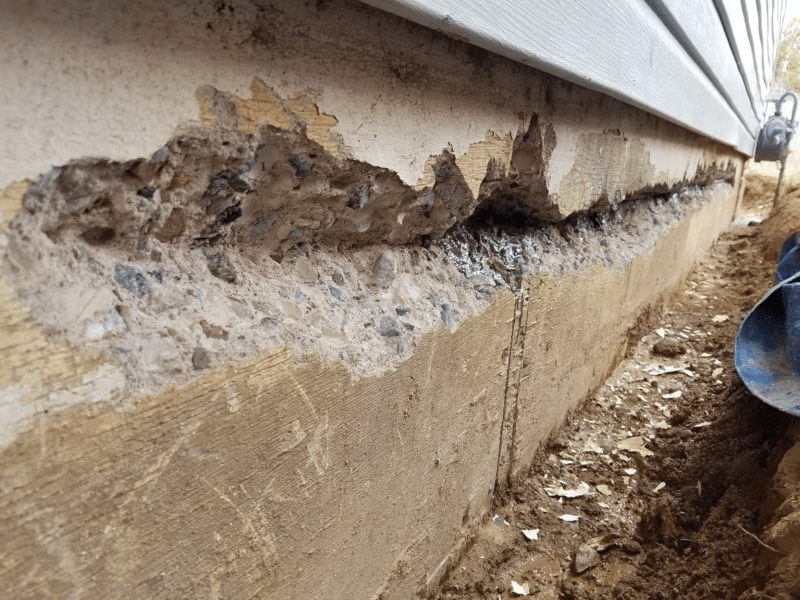
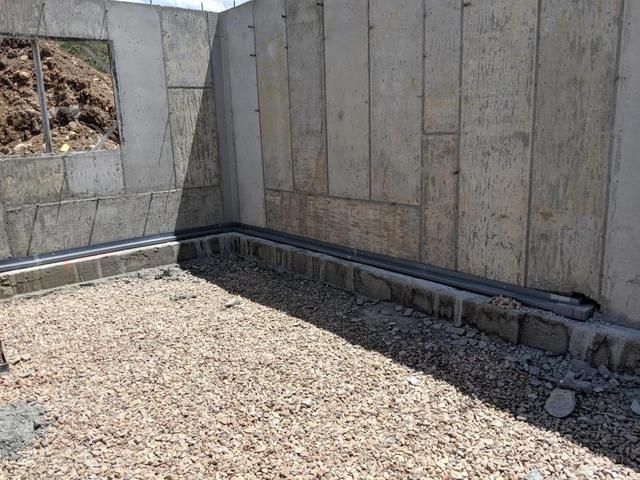


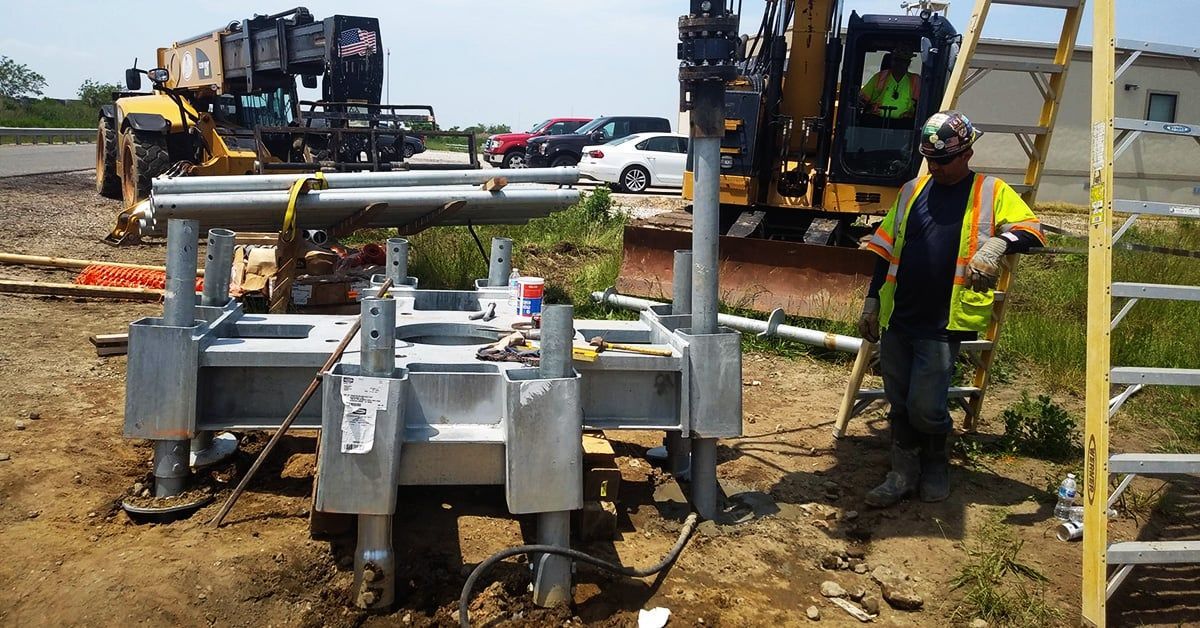





HAVE PEACE OF MIND WITH IWP FOUNDATION REPAIR
With over 30 years of combined experience in the business, you know that you can trust our team to get the job done right the first time. We value the customer experience, which is why we take the time to listen to your concerns, answer all your questions, and explain the best plan of action for your home. If you’ve noticed any foundation issues at all, no matter how minor they seem, you should call a professional. Our expert team is waiting for you, so call today for a free evaluation!
